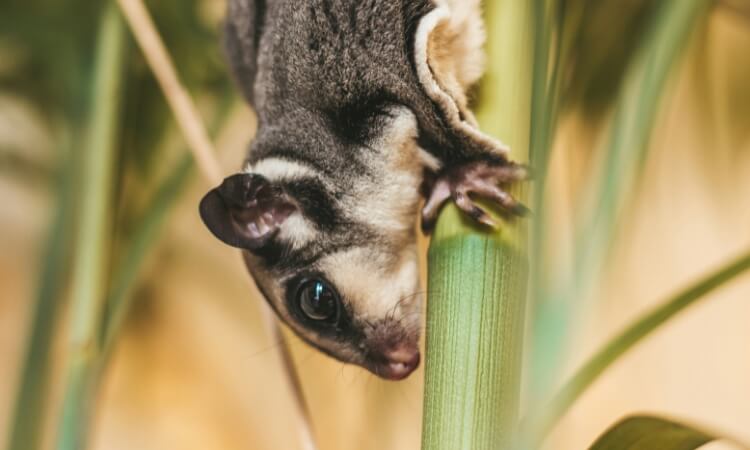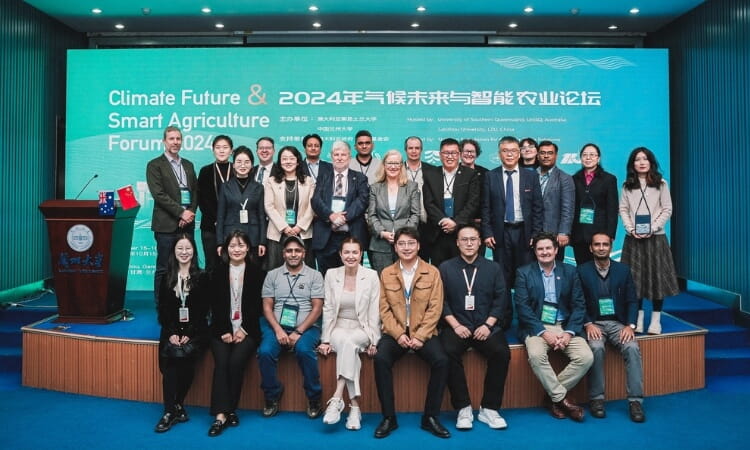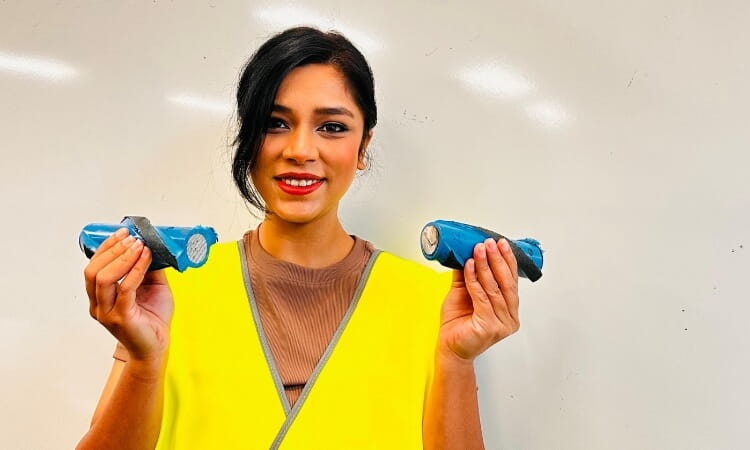Student discovers new planet … and it looks a bit like home

When University of Southern Queensland (UniSQ) Centre for Astrophysics PhD student Shishir Dholakia first analysed some NASA observation data, he could never have expected the excitement it would create.
But the observation data from NASA’s TESS (Transiting Exoplanet Survey Satellite) didn’t lie – it revealed a new Earth-sized planet.
“The moment we were actually looking at this for the first time, it was the Eureka moment of, ‘Wow, this could really be something special going on’,” Mr Dholakia said.
To confirm their suspicions, Mr Dholakia and the team at the Centre for Astrophysics needed more data. They investigated further using the UniSQ Mt Kent Observatory and European Space Agency’s CHEOPS satellite.
Mr Dholakia co-led a group with University of Edinburgh PhD student Larissa Palethorpe and collaborated with researchers at NASA to confirm this new planet – now dubbed Gliese 12 b – is Earth-sized and temperate, which could mean it is habitable.
“Gliese 12 b could be at the right temperature for liquid water to pool on its surface, and that’s important because we tend to think liquid water is an essential ingredient for life as we know it,” Mr Dholakia said.
“And so, in this great search for life that we're undertaking, we want to try and find planets that are potentially habitable, and this could be a good contender.”
The planet is only 40 light-years away, which makes it one of the closest potentially habitable planets to Earth – and means astronomers can point the largest space telescopes in the world at it to better understand it.
Mr Dholakia said Gliese 12 b could also potentially hold answers as to why the “twin planets” Earth and Venus have such wildly different atmospheres.
“Earth is this haven for life as we know it, but Venus is hot enough to melt lead on its surface. The difference between these two planets is largely because Venus has a very hostile atmosphere,” he said.
“We think that Gliese 12 b, which is right between Earth and Venus in terms of the amount of light that it gets from its Sun, could actually bridge the gap between Earth and Venus and help us understand why the two turned out to be so different.”
Mr Dholakia, who first entered into studying astrophysics following a keen interest in astro photography, said the whole process of this discovery and subsequent international collaboration had been an experience unlike any other.
“It's been very special; it's been really nice to learn from everyone who has so much more experience than we do. At the same time, it's been great to share the expertise that we have at UniSQ with the rest of the world.”
Access Mr Dholakia’s research paper online or read more about this discovery from NASA.
Find out more about research at the UniSQ Centre for Astrophysics.


